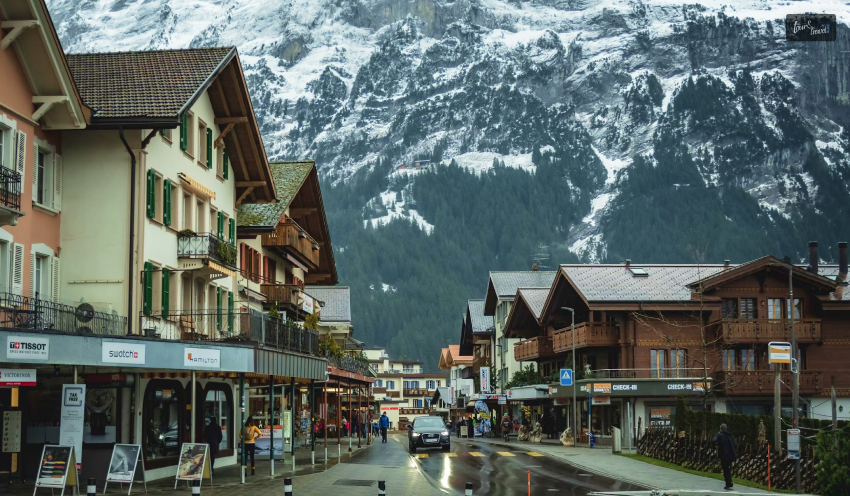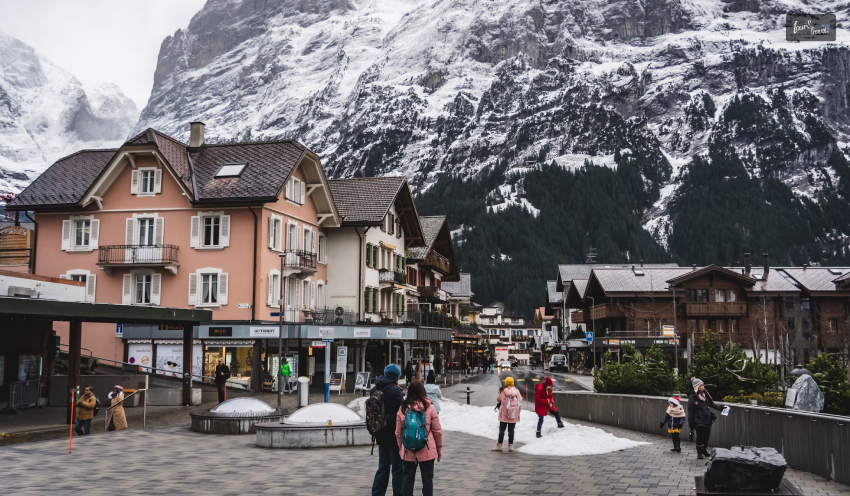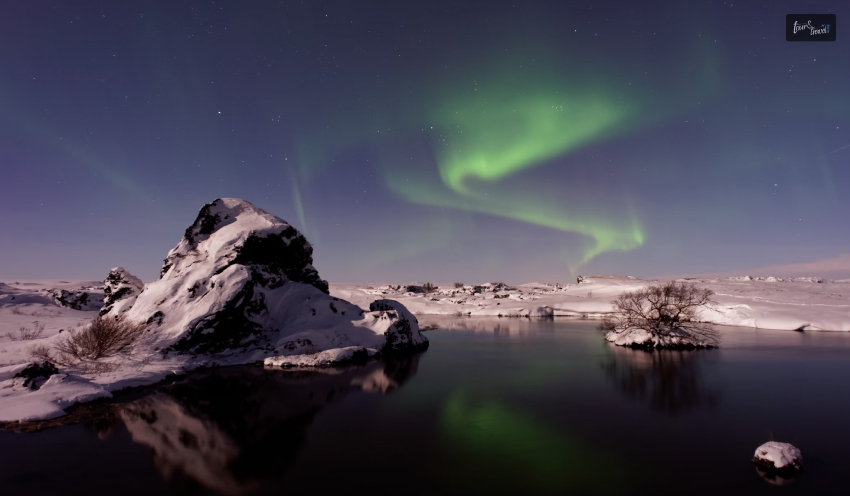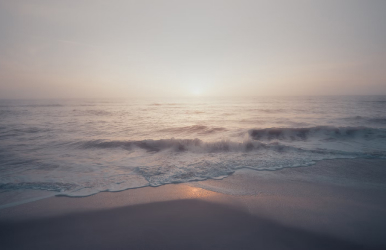How To Use VPN To Book Flights & Hotels Cheaper And Save Money
BY Arnab Jun 9, 2023
Avid travel enthusiasts know the importance of finding the best flight and hotel deals. Spending profusely on accommodation and flights means you will be left with less money for recreation, fun activities, delicious meals, and shopping. Have you considered using VPN for booking flights and hotels? No? This guide tells you how VPN is ideal for helping you find out the best flight and accommodation deals. You can use this travel hack on your next trip. Doesn’t Incognito Mode Work to Lower the Prices? You may see using incognito mode as the number one travel hack. But, in reality, it is only great for hiding your browsing history from other people on the device. You cannot change the IP address in this mode, which is what most hotel, flight, and travel booking sites track. Therefore, to be completely anonymous, you must use a VPN. How VPN Helps in Lowering Flights & Hotel Prices? Airline ticket and hotel booking prices greatly vary depending on where you are booking from. Travel and airlines booking websites use a dynamic pricing model, which means the prices change according to factors such as your purchase history, IP address, ZIP code, browsing habits, demand as well as supply, the Wi-Fi network you are connected to, etc. You can save hundreds of dollars on your next trip by using VPN. You can switch your IP address using a VPN to an altogether different location, which means the websites may appear at different prices according to that location. By changing the IP address, you can receive a cheaper price on hotels and flights if the new destination consists of lower demands and is a low-income country. Furthermore, you can even avail of special discounts for the country from which you are connecting. Discounts might be offered because of country-specific holidays or for seasonal reasons. The plus point is that you can also optimize VPN to search for lower prices on car rentals. Also, using a VPN is a straightforward process. Simply choose a provider and click VPN software download. Then, follow the instructions. More information on how you can use VPN to lower flights and hotel prices is given below. A Comprehensive Guide to Using a VPN Here’s a bit-by-bit guide to learning how to optimize VPN to get cheaper flights and hotel deals on your upcoming trip. Select a premium VPN provider Choosing a reliable and safe VPN provider is the most significant step in successfully executing this travel hack. However, since they are not built in the same manner, you must be careful during a VPN selection. An ideal VPN offers server locations in several other countries, ensuring fast and stable connections. Also, it offers 256-AES encryption and other security protocols like OpenVPN and Wizard Guard. Other standout features include a no-logs policy and an automatic kill switch. A kill switch is essential as it safeguards users’ information if the VPN connection accidentally drops. A no-logs policy is a clear indication that the VPN operator does not keep records of your activities online. So, there’s no record of the IP addresses used by you or the websites you browse to plan your trip. Another essential feature is knowledgeable and responsive customer support, ready to address all your needs 24/7. Position the VPN program After selecting a premium VPN provider, the initial step is downloading and installing the software on your gadget. After that, you can visit the website of your VPN provider and select the best strategy that meets your needs. Then, follow the download and installation instructions. Most VPN providers offer a 30-day trial period with a money-back guarantee. So, you can try the top VPNs before settling for one. Connect to a server of your chosen country Connecting to a server located in a country of your choice is the next step. This step intimidates a lot of people, but it is incredibly simple. Use your VPN to connect to the server country where you wish to visit just like you are browsing the web. For instance, if you wish to book a flight or hotel while appearing as if you are in the Philippines, you need a VPN to a server located in the Philippines. This will make it seem like you are in the Philippines while you are in another country. With most premium VPN services, all it takes is a single click to connect to a server. Then, you can start browsing and find those amazingly affordable deals for your trip. If you are wondering which is the most affordable country to change your VPN server location to, there’s no firm answer. It will depend on your destination and departure date. But some destinations that have proved to be lucky are India, Argentina, Peru, Mexico, Singapore, Australia, the Philippines, etc. So, you may have to play a little by changing locations and then see what lands you the cheapest hotel and flights. Search for flights and hotels Start searching for your flights or hotels after you have connected to your desired country’s server. First, you can try searching on a travel booking site, as this will provide you with multiple flight and hotel options to choose from. Then, try the airline or hotel website directly, as sometimes the prices may differ when you’re booking through a travel site and directly from an airline or hotel website. If you do not find a reasonable price, change the VPN’s country again. Compare prices before booking After you have searched for hotels or flights, you must compare the prices before booking. It would be best if you compared the prices with other travel booking websites to guarantee you get the best detail. If you find the most affordable deal, book it immediately, as the prices may quickly change. Change the location of the VPN to your home country If you have finished booking your flights and accommodation, change the VPN location back to your country. Or, you can continue browsing, choosing any server you want. The Bottom Line If you are up for saving money, try this travel hack for your next trip. Read Also: Use These Resources When Planning A Big Trip Kiwi Flights Review – Login, Services, And Travel Experiences The Ultimate Guide To Finding Cheap Flights To Chicago Using Google Flights

















